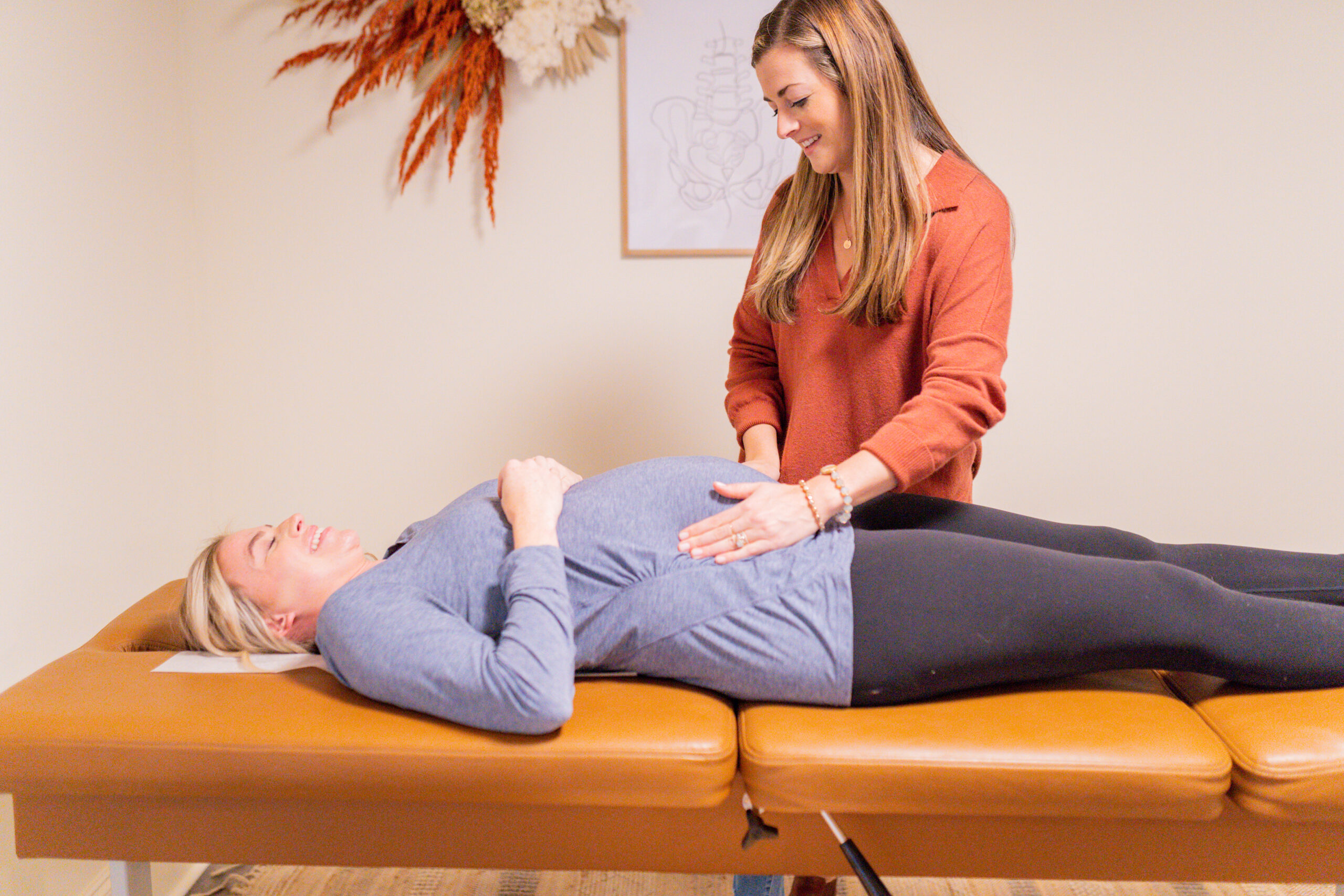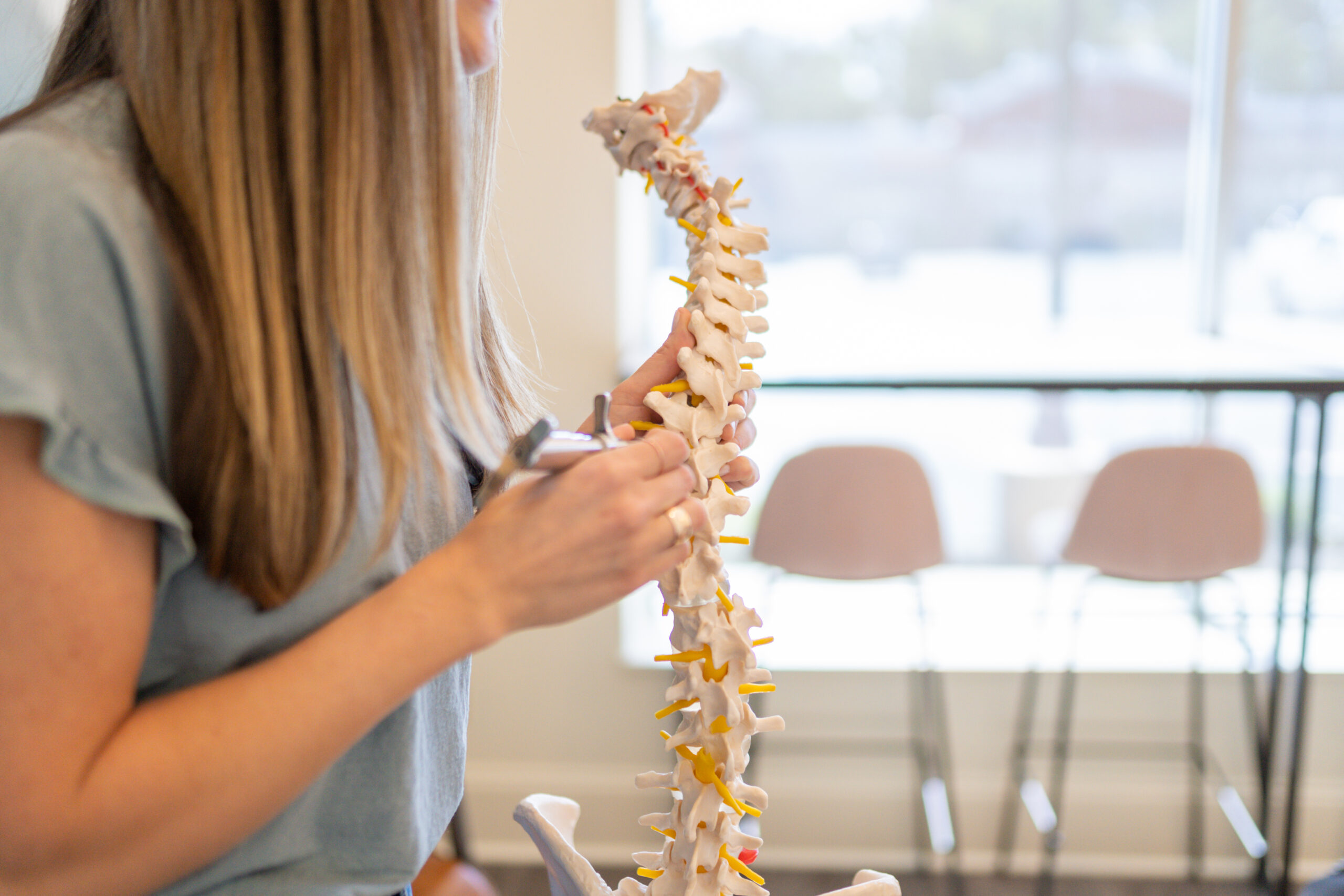Easing the Back-to-School Transition
As families prepare for the new school year, parents often focus on academic readiness – new supplies, updated wardrobes, and curriculum preparation. However, there’s a crucial foundation that underlies all academic success: a well-functioning nervous system that supports attention, emotional regulation, and behavioral control.
The back-to-school transition brings unique challenges that can stress children’s developing nervous systems. From adapting to structured schedules to managing classroom expectations, children must regulate their attention, emotions, and behavior in ways that summer’s freedom didn’t require. This is where pediatric chiropractic care can offer valuable support by optimizing nervous system function.
The Nervous System Connection to School Success
Your child’s spine houses and protects the central nervous system – the master control center that coordinates everything from movement to mood, attention to emotional regulation. When nerve communication flows freely between the brain and body, it supports the complex neurological processes required for learning and behavioral control.
Research in neuroscience shows us that children with attention difficulties, hyperactivity, and emotional regulation challenges often have underlying nervous system imbalances. While pediatric chiropractic care isn’t a cure for conditions like ADHD, it can support overall nervous system function, potentially helping children better manage the demands of school life.
How Pediatric Chiropractic Care Supports Nervous System Function
Reducing Nervous System Interference
Our team of pediatric chiropractors focus on identifying and correcting subluxations – areas where tension is interfering with nerve function. By gently correcting these areas, chiropractic care aims to remove interference and allow the nervous system to function more optimally.
When nerve communication improves, children may experience better coordination between different brain regions responsible for attention, emotional regulation, and behavioral control.
Activating the Parasympathetic Nervous System
The autonomic nervous system has two main branches: the sympathetic (fight-or-flight) and parasympathetic (rest-and-digest) systems. Many children with attention and behavioral challenges operate in a chronic state of sympathetic overdrive, making it difficult to calm down, focus, and regulate emotions.
Gentle chiropractic adjustments can help activate the parasympathetic nervous system, promoting a calmer, more regulated state. This shift can support better sleep, improved digestion, and enhanced ability to handle stress – all important for academic success.
Supporting Sensory Integration
Children with attention difficulties often struggle with sensory processing – the nervous system’s ability to receive, organize, and respond to sensory information.
Improved sensory integration can lead to better body awareness, reduced sensory overwhelm, and enhanced ability to filter relevant information from distractions.
Our team uses a specialized technique designed specifically for children’s developing nervous systems. These gentle approaches focus on supporting natural healing and regulation rather than forcing changes.
As you prepare for the school year ahead, consider the role that nervous system health plays in your child’s ability to succeed academically, socially, and emotionally. Just as you invest in educational tools and resources, supporting your child’s neurological foundation can provide benefits that extend far beyond the classroom.
©Freedom Chiropractic | Terms and Conditions | Privacy Policy | Copy & Website by Liberty Type
©Freedom Chiropractic | Terms | Privacy
Copy & Website by Liberty Type





